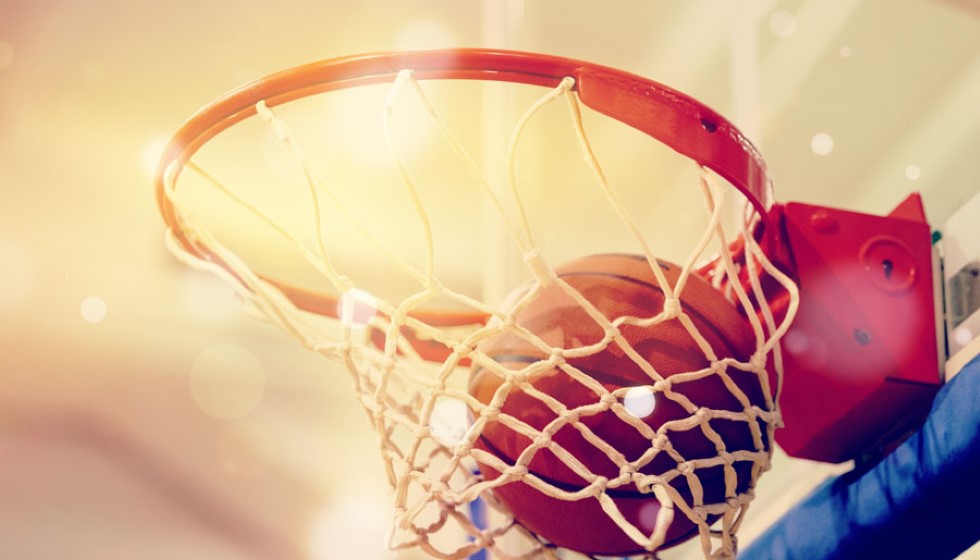
In a move reflective of the evolving landscape of both professional sports and digital technology, the NBA is set to unveil a revamped policy regarding the use of cell phones and social media by players and coaches during games. This comes as the league continues to navigate the balance between maintaining the integrity of the game and adapting to the demands of the modern era.
A Revisitation of the "Villanueva Rule"
The league's original guidelines were set back in 2009, famously termed the "Villanueva rule" after then-Milwaukee Bucks forward Charlie Villanueva tweeted during halftime, igniting conversation on professional conduct and digital engagement. Fast-forward to today, and the NBA recognizes the need to refresh its approach, taking into consideration the technological advancements and increased cultural interconnectivity facilitated through platforms like Twitter, Instagram, and more recently, TikTok.
Collaborative Effort for Policy Revision
This revision, however, is not solely the brainchild of NBA executives. It has been a joint endeavor between the league and the National Basketball Players Association (NBPA), ensuring that the voices and concerns of players are accounted for in shaping a policy that governs their conduct. This collaborative effort underscores the understanding that players' public personas and marketability via social media are critical components of modern sports stardom.
Driving Forces Behind the Change
A major catalyst for this policy overhaul stems from the NBA's increasing wariness of the impacts of legal sports gambling. With betting activities gaining dominance in the sports ecosystem, the association is keen to prevent any potential leaks of inside information that could unfairly tilt the scales of gambling outcomes. This sentiment was sharply brought into focus with the lifetime ban of Jontay Porter, a stark reminder of the high stakes involved.
To tackle such challenges, the updated policy not only defines "during games" as the period starting 45 minutes before tip-off until all post-game media responsibilities are concluded, but also establishes a centralized point of communication for players and coaches during this window. This measure is aimed at minimizing risks of unauthorized communications that might lead to improper dissemination of privileged information.
Anticipated Enforcement Measures
While the new policy presents a structured framework, one aspect that remains under speculation is the nature of punitive measures for breaches. The league has yet to disclose specific penalties, leaving room for potential variances in enforcement. This opacity might reflect the ongoing dialogues between the NBA and NBPA on finding a balance that upholds discipline without infringing on personal freedoms.
Individual Team Protocols and Broader Implications
Notably, some NBA franchises have taken proactive steps in this domain, instituting stringent in-house regulations that surpass the baseline requirements set by the league. Such measures hint at the broader landscape wherein teams not only aim to comply with league standards but also cultivate environments that foster game-time concentration and professional demeanor among players.
Ultimately, the introduction of this revised policy is emblematic of the NBA's strategic efforts to safeguard the game's focus while embracing inevitable technological shifts. It reflects a conscious bid to modernize operational norms, ensuring that the excitement of the game isn't overshadowed by the ping of a tweet or the allure of likes on a photo.
As the NBA gears up for another competitive season, this policy revision serves as a reminder that the interactions between sports and technology continue to be a dynamic narrative, shaped by both innovation and the timeless essence of the game.